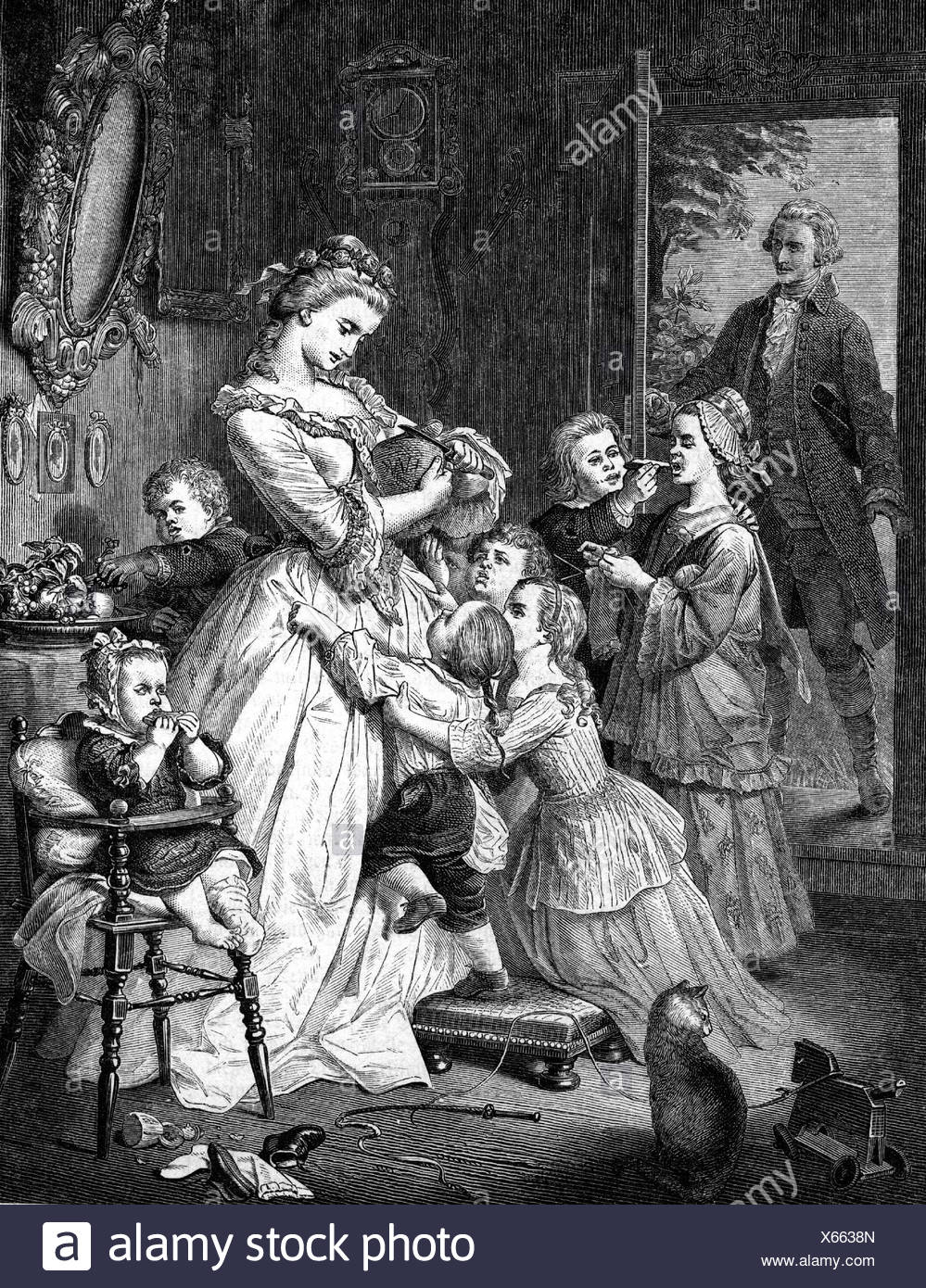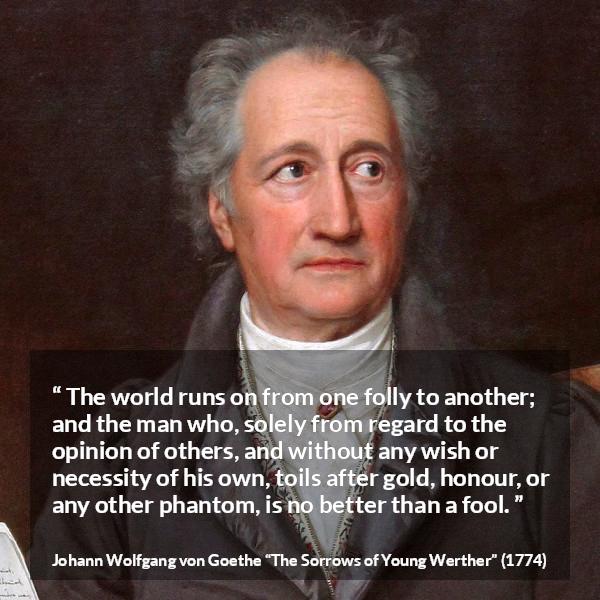



In 1772, when Goethe was an obscure young legal apprentice living in Wetzlar (in which, presumably, Werther is set), he developed an impossible passion for Charlotte Buff, who was engaged to a friend of his, Kestner. There would be no Catcher in the Rye and no Rebel Without a Cause without Werther.įamously, the novel is somewhat autobiographical. It not only helped to create Romanticism, but also provided a vocabulary for adolescent turmoil that has stayed with us to this day. The novel was a sensation in its time - there was even a Werther perfume for a while, Eau de Werther - and has continued to inspire such works as Massanet's opera, Werther, Mary Shelly's Frankenstein (in which the Monster learns to be human by reading Werther), and Ulrich Plenzdorf's 1973 novel, The New Sufferings of Young W. It was an immediate success and launched an entire literary genre, Sturm und Drang (Storm and Stress), as well as the career of the modern West's first literary celebrity, Goethe. The novel was perfectly timed, capturing the European imagination with its portrayal of a dangerously sensitive youth driven to suicide. This process is experimental and the keywords may be updated as the learning algorithm improves.One of the most famous - and infamous - works in the history of literature, The Sorrows of Young Werther was Goethe's first work of narrative art, published in 1774. These keywords were added by machine and not by the authors. Like the Rousseau of the Confessions, like Chateaubriand’s René, like the Byronic hero, a model was established that is said to have been influential in contributing to a fad of suicides by young people who considered themselves insufficiently understood. The artistic hero, his hopeless love, and his suicide appear in the context that touches major Romantic themes: the glorification of children, the emotional impact of contact with nature, the artist’s sense of separation from his society. His Sorrows of Young Werther, portions of which appear below, was published in 1774. Well before the Romantic school took shape at the Schlegels’ behest, Goethe had become a dominant figure in German and European letters, and had contributed to a number of the themes and tendencies that came to be identified with Romanticism, such as a medieval setting, a more sensitively apprehended Hellas, and the need for a national literature. Johann Wolfgang von Goethe (1749–1832) helped initiate the Sturm und Drang period of German letters with his play Götz von Berlichingen, and through the 1770’s he promoted the building of a German literature no longer dependent upon the French.


 0 kommentar(er)
0 kommentar(er)
